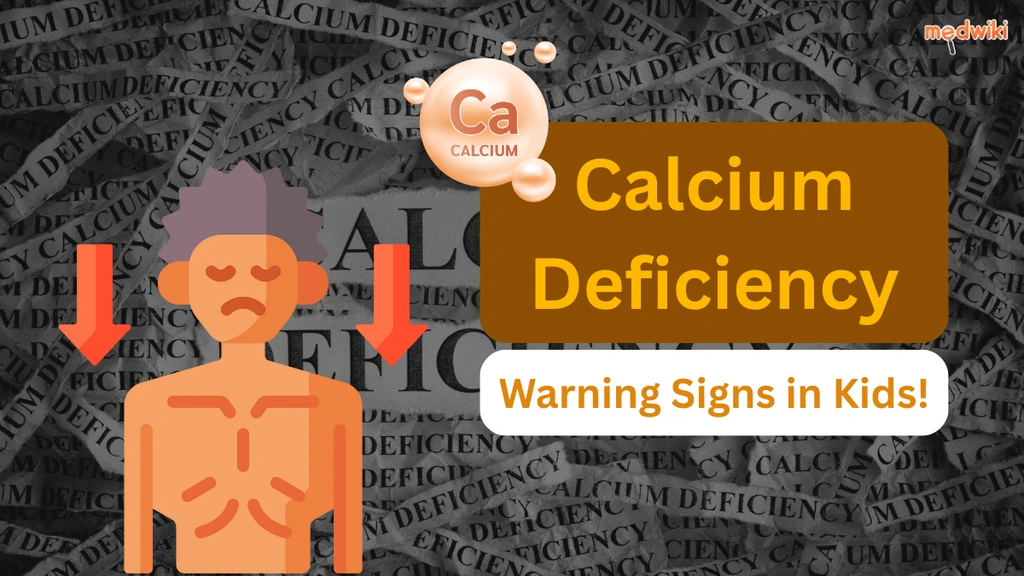acithroc
Introduction to acithroc
Acithroc is a medication used to treat a variety of bacterial infections. It is known for its effectiveness against respiratory infections, skin infections, and certain sexually transmitted infections. Acithroc is a trusted choice for many healthcare providers due to its broad-spectrum antibacterial properties.
Composition of acithroc
Acithroc contains the active ingredient Azithromycin, which is a type of antibiotic known as a macrolide. This ingredient works by stopping the growth of bacteria, helping to clear up infections.
Uses of acithroc
- Treats respiratory infections like pneumonia and bronchitis
- Effective against sinusitis and ear infections
- Used for skin infections
- Treats sexually transmitted infections such as chlamydia and gonorrhea
- Helps with traveler's diarrhea caused by certain bacteria
- Used in combination therapy for H. pylori eradication
Side effects of acithroc
Common side effects:
- Nausea
- Vomiting
- Diarrhea
- Abdominal pain
- Headache
Serious side effects:
- Heart rhythm changes
- Liver toxicity
- Allergic reactions
- Clostridium difficile-associated diarrhea
Precautions of acithroc
Before taking Acithroc, inform your doctor if you have any heart conditions, as it can cause heart rhythm changes. Use with caution if you have liver impairment. Discuss with your doctor if you are pregnant or planning to become pregnant. Be aware of potential drug interactions, especially with medications affecting heart rhythm or liver function.
How to Take acithroc
- Follow the dosage prescribed by your doctor, usually 500 mg daily for 3-5 days for most infections.
- For chlamydia, a single dose of 1 gram is prescribed.
- Can be taken with or without food.
- Avoid taking with antacids containing aluminum or magnesium.
Conclusion of acithroc
Acithroc is a versatile antibiotic that effectively treats a range of bacterial infections. While it is generally well-tolerated, it is important to be aware of potential side effects and precautions. Always follow your healthcare provider's instructions for the best results.
Similar Medicines
Available in 3 variations

Acithroc Syrup
Acithroc Syrup
bottle of 15 ml Syrup

Acithroc 250mg Tablet
Acithroc 250mg Tablet
strip of 6 tablets

Acithroc 500mg Tablet
Acithroc 500mg Tablet
strip of 3 tablets
Related Faqs

Why is Azilight given for 3 days?
The length of treatment varies based on the specific infection and the age of the individual receiving treatment It is crucial to note that Azilight does not always require a threeday course For the majority of bacterial infections a single 500 mg dosage is administered for three days Another option is to take 500 mg on the first day and then 250 mg daily from the second to the fifth day In certain instances like with genital ulcer disease a single 1 gram dose may be prescribed Consequently it is imperative to adhere to the treatment plan provided by your healthcare professional Remember that the prescribed dosage and duration of treatment are specifically tailored to your condition ensuring its effectiveness and addressing potential risks or complications Your healthcare provider will determine the appropriate course of action based on your unique circumstances and medical history It is essential to communicate any concerns or questions you may have regarding your treatment to your doctor to ensure the best possible outcome

Can Azithron be taken at night?
Azithron is commonly prescribed to be taken once daily The timing of when you take it during the day is flexible but it is important to take it consistently at the same time each day To ensure optimal effectiveness it is recommended to take the medication one hour before meals or at least two hours after eating The tablet formulation of Azithron can be taken with or without food according to your preference Nonetheless it is crucial to strictly adhere to the instructions provided by your doctor and consult them if you have any concerns or uncertainties regarding its usage Maintaining a regular dosing schedule and following the guidance of your healthcare professional will contribute to the desired therapeutic outcomes

Why is Elzee 100mg Tablet DT given for 3 days?
The duration of treatment depends on the type of infection being treated and the age of the patient. Elzee 100mg Tablet DT is not necessarily given for 3 days. In most of the bacterial infections, a single dose of 500 mg is given for 3 days. Alternatively, it can be given as 500 mg once on day 1 and then 250 mg once from day 2 to day 5. In some cases of infection such as genital ulcer disease, it is given as a single 1 gram dose. Therefore, it is important that you stick to the regime advised by your doctor.

Why is Azi Q given for 3 days?
The duration of treatment depends on the type of infection being treated and the age of the patient. Azi Q is not necessarily given for 3 days. In most of the bacterial infections, a single dose of 500 mg is given for 3 days. Alternatively, it can be given as 500 mg once on day 1 and then 250 mg once from day 2 to day 5. In some cases of infection such as genital ulcer disease, it is given as a single 1 gram dose. Therefore, it is important that you stick to the regime advised by your doctor.

Why is Aziber Kid 100mg Tablet given for 3 days?
The duration of treatment depends on the type of infection being treated and the age of the patient. Aziber Kid 100mg Tablet is not necessarily given for 3 days. In most of the bacterial infections, a single dose of 500 mg is given for 3 days. Alternatively, it can be given as 500 mg once on day 1 and then 250 mg once from day 2 to day 5. In some cases of infection such as genital ulcer disease, it is given as a single 1 gram dose. Therefore, it is important that you stick to the regime advised by your doctor.

What should I avoid while taking Aziget?
It is important for individuals who have been prescribed Aziget to avoid taking antacids while using this medication The reason behind this caution is that the combination of Aziget and antacids may hinder the effectiveness of Aziget Additionally it is crucial to be cautious when exposing oneself to sunlight or using tanning beds while on Aziget This is because Aziget increases the susceptibility to sunburns It is advisable to take necessary precautions such as using sunblock and limiting sun exposure during the treatment period to prevent potential sunburns By being mindful of these factors individuals can ensure they are maximizing the benefits of Aziget while minimizing any potential risks
Related Posts

1:15
How Does Vitamin D3 Deficiency Affect Your Body? Shocking Symptoms Revealed!

1:15
Why Is Calcium Important for Kids? Common Deficiency Symptoms You Shouldn’t Ignore!

1:15
How to Increase Your Child’s Weight Naturally? Healthy Diet Tips for Parents!

1:15
Are Your Hormones Out Of Balance? Signs & Symptoms!

1:15
Amazing Benefits of Flaxseeds | Best Way to Eat Flax Seeds Daily!
















.svg)
